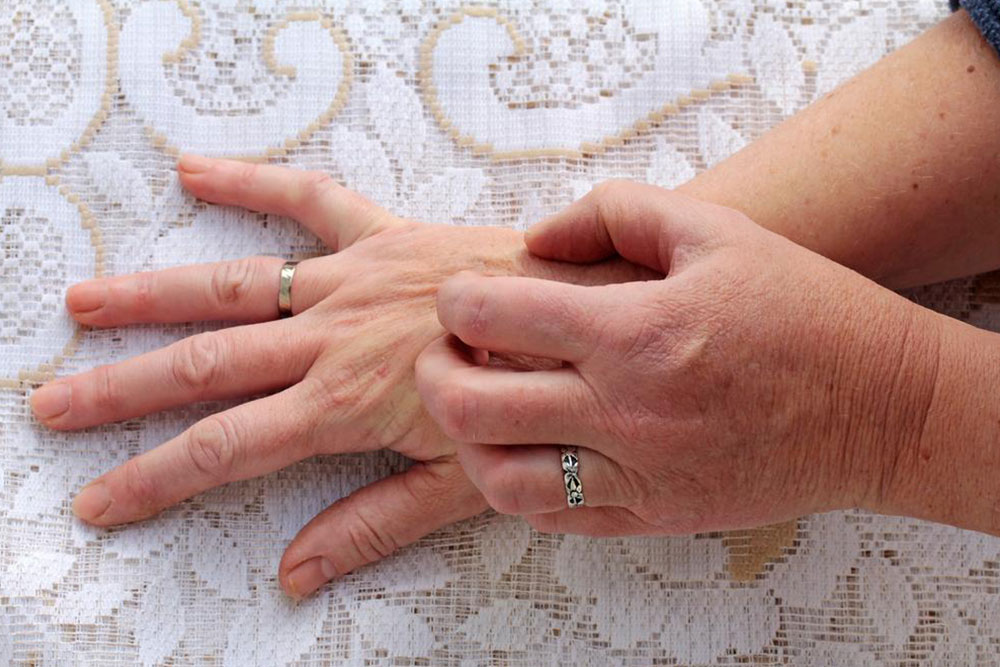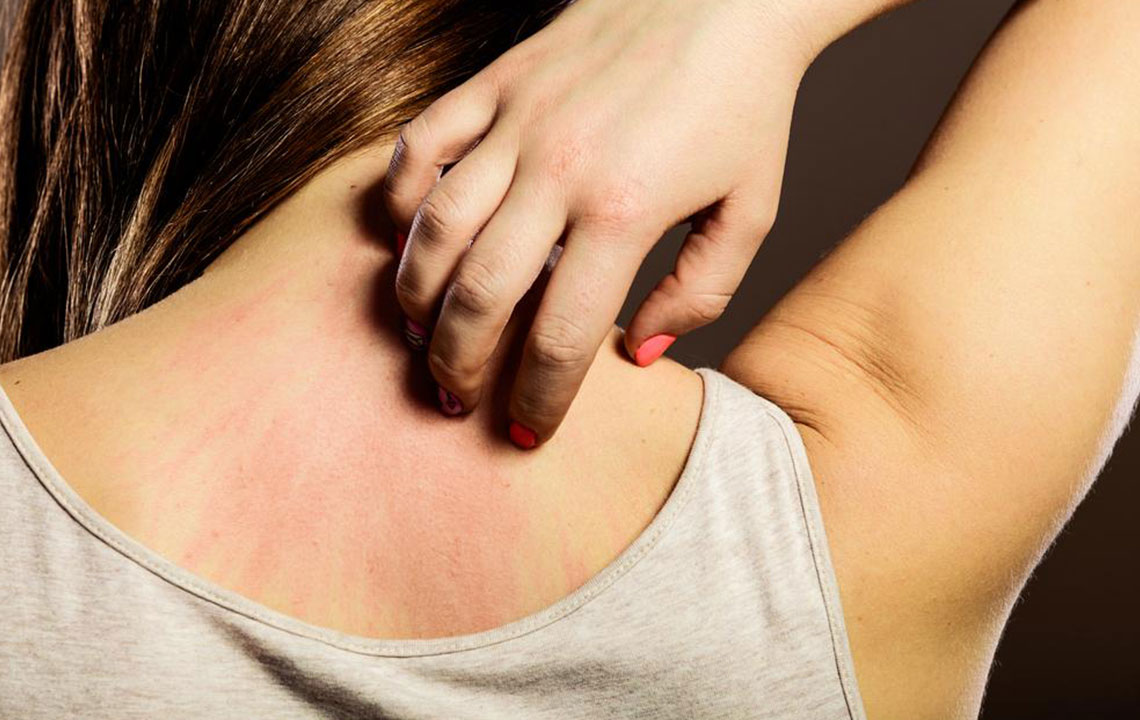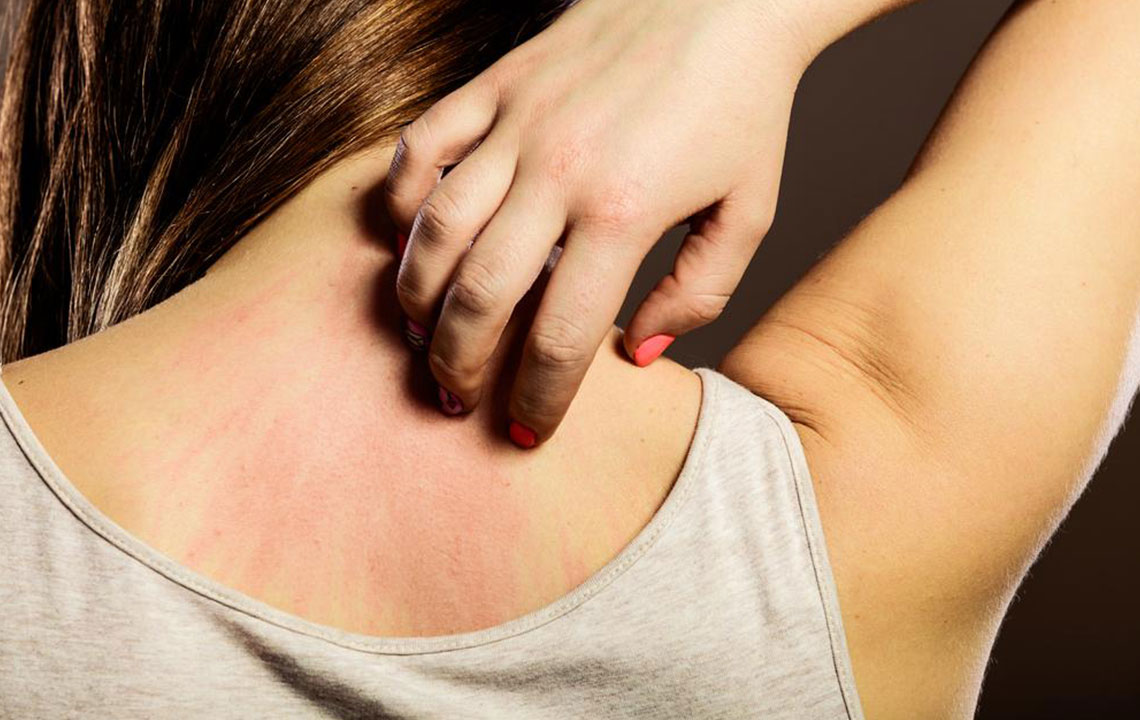Ultimate Guide to Recognizing, Diagnosing, and Preventing Scabies Infestation
This comprehensive guide provides detailed information on scabies, including its causes, symptoms, diagnosis, and prevention strategies. It emphasizes the importance of early detection, proper treatment, and hygiene habits to control the spread in households and communal environments. Learn how to identify, treat, and prevent this highly contagious skin condition effectively.

Ultimate Guide to Recognizing, Diagnosing, and Preventing Scabies Infestation
Scabies is a highly contagious skin condition caused by tiny mites that invade the upper layer of the skin. It is a common concern in households, hospitals, schools, and communal living environments. Anyone regardless of age or background can contract scabies if exposed to infected individuals or contaminated items. Understanding how scabies spreads, its symptoms, and effective prevention methods are essential steps toward controlling outbreaks and ensuring health safety. Timely diagnosis and treatment not only alleviate symptoms but also protect others from infection.
What exactly causes scabies?
Scabies is caused by the infestation of Sarcoptes scabiei, a microscopic mite with eight legs that burrows into human skin.
The female mite digs tunnels into the skin’s surface, where she lays eggs that hatch into larvae, perpetuating the infestation.
The body’s immune response to the presence of mites, their eggs, and waste products results in the characteristic intense itching and skin eruptions.
Recognizing symptoms early is vital. Common signs include intense itching—especially at night—along with rashes and small burrows that appear as thin, irregular tracks on the skin. Visual aids are available online to help identify scabies in both adults and children. Transmission primarily occurs through prolonged skin-to-skin contact; sharing contaminated clothing, bedding, or personal towels also facilitates spread. Since mites are fragile outside the host environment, they cannot survive long away from human skin, which is relevant for preventing further infection.
Understanding Norwegian or crusted scabies
Norwegian, or crusted, scabies is a severe, highly contagious form of the infestation usually seen in immunocompromised individuals.
This variant is characterized by thick crusts covering large areas of skin that contain thousands of mites and eggs.
The crusted lesions are typically grayish, thick, and fragile, tending to crumble easily upon touch.
People with weakened immune systems, such as those with HIV/AIDS, cancer, or on immunosuppressive therapy, are at increased risk of developing this form.
Is scabies an infectious disease?
Definitely—scabies is classified as a highly contagious skin condition primarily transmitted through direct contact.
The mites can survive only about 24 to 36 hours outside a human host, making indirect transmission less common but still possible if proper precautions are not taken.
Close physical interactions, sharing of clothing, bedding, towels, or sexual contact are common routes for the spread of scabies.
It tends to spread rapidly among family members, caregivers, and individuals in crowded living conditions.
How do healthcare professionals diagnose scabies?
The initial symptoms of scabies can resemble other skin conditions like dermatitis or eczema, often leading to misdiagnosis.
Visual inspection of the affected areas and online comparison images can be helpful but are not definitive.
Accurate diagnosis requires microscopic examination—specifically, skin scrapings examined under a microscope to detect mites, eggs, or fecal matter.
Professional medical evaluation is crucial for appropriate treatment and to prevent further spread.
Effective strategies for preventing reinfection and controlling spread
All clothing, bed linens, and towels used by an infected individual should be washed in hot water (at least 130°F or 54°C) and dried on high heat within three days of starting treatment.
If washing is not feasible, sealing items in durable plastic bags for at least one week effectively kills the mites.
Individuals should avoid close contact with infected persons until treatment is complete and the infection clears.
Promptly treating anyone who has been exposed to someone with scabies helps to prevent further transmission.
Maintaining good personal hygiene and regular cleaning of living environments are essential components of control measures.
Feeding a comprehensive, multi-pronged approach is vital for effectively managing scabies outbreaks, ensuring both individual health and public safety are maintained. Recognizing early symptoms, understanding the specific causes, and adopting rigorous prevention strategies can significantly reduce the spread, especially in communal settings. Consulting healthcare providers for proper diagnosis and treatment, and following good hygiene practices, can help eliminate this itchy, infectious skin condition.




